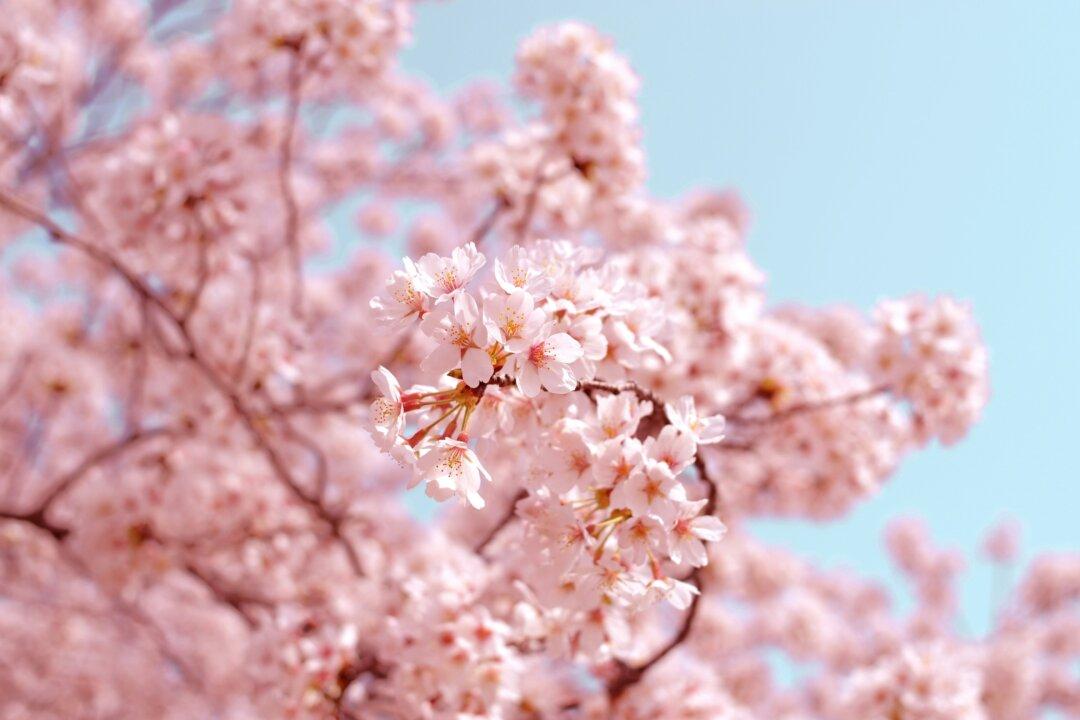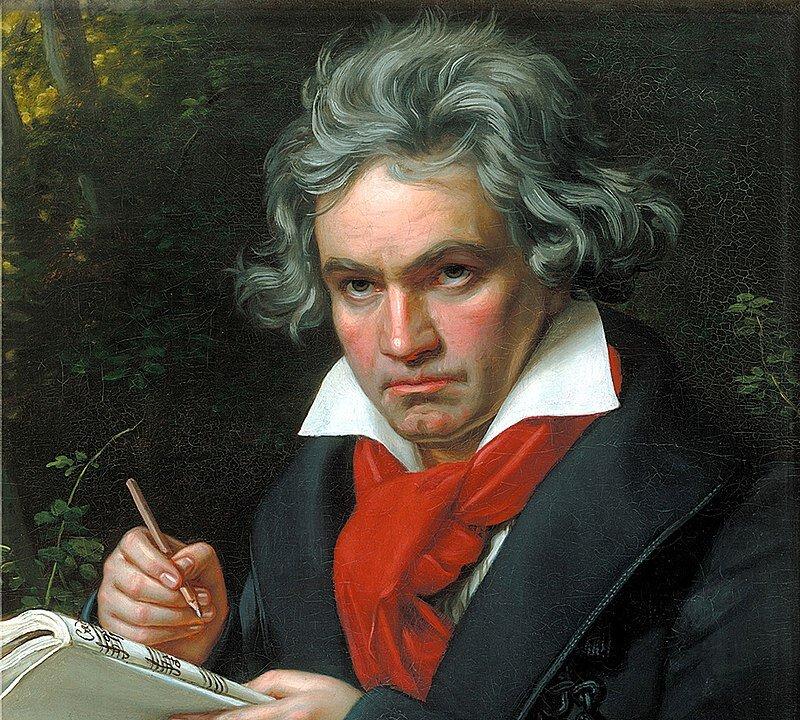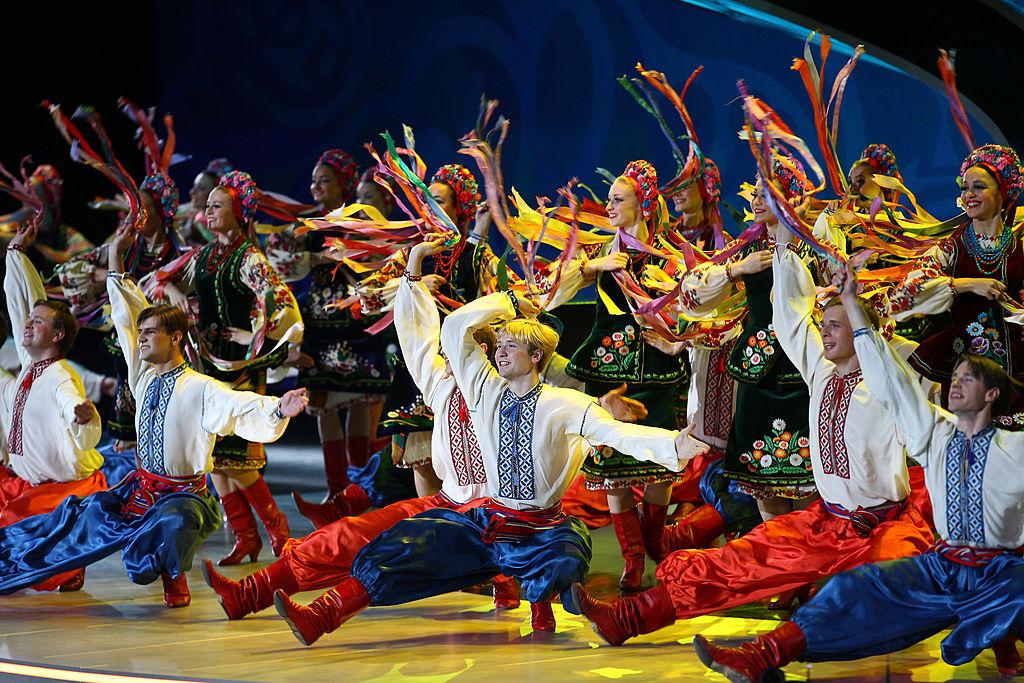While at an art museum housing a collection of Japanese arms and armor, I was fascinated to discover that many of them were adorned with beautiful flowers. On everything from daggers to samurai swords and helmets to breastplates, the beautiful sakura (cherry) blossom was making an appearance.
While arms and armor exhibits aren’t normally my thing, the designs on these drew me in. I found butterflies and locusts, too.





